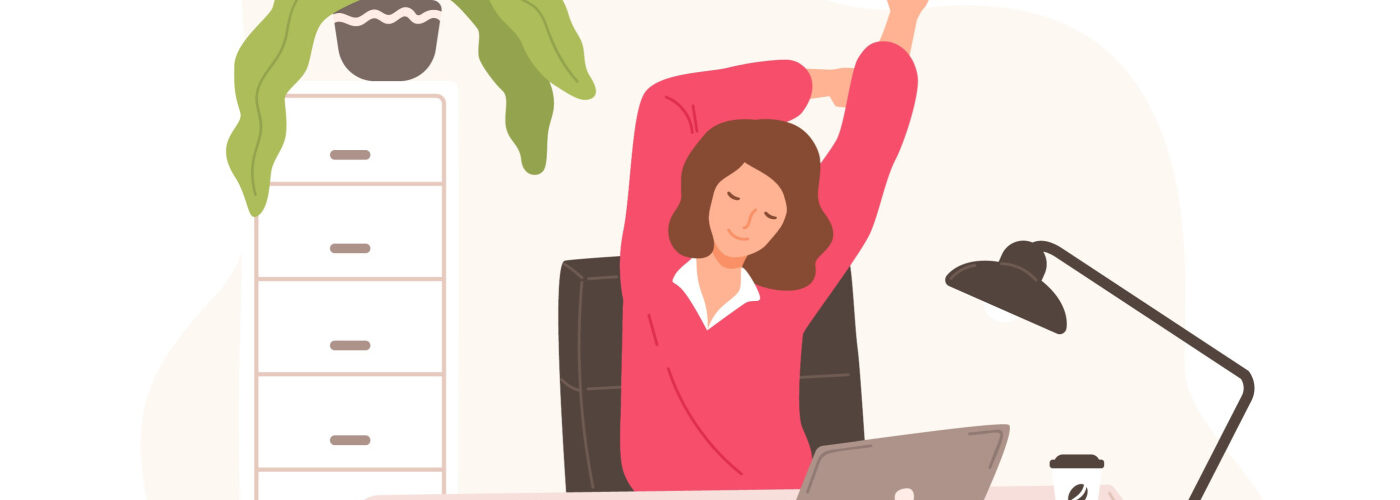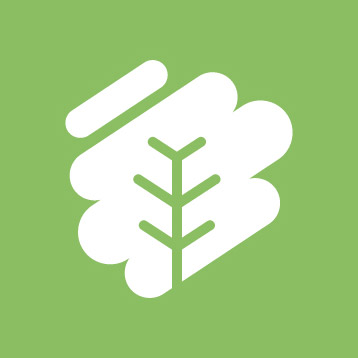

Taking breaks is proven to improve our overall wellbeing and mental health.
It’s nearly March 2024 and the pressures of the last few months of winter start to pile up and become undeniably real. In this blog, we delve into the importance of breaks for overall employee well-being and shed light on their role in preventing burnout and decision fatigue.
In a 2011 study by the University of Illinois, researchers found that taking brief breaks from our tasks helps our brains stay focused for longer periods, and enhances overall performance. Yet, the responsibility doesn’t solely rest on employees to remember to take breaks. Employers, too, bear the onus of understanding the profound impact that prolonged uninterrupted work can have on both mental and physical health.
The Science of Breaks
To this end, employers must actively cultivate an environment that not only values but also supports regular breaks. This involves ingraining a culture within the company that actively encourages and removes barriers hindering employees from taking breaks.
But taking breaks can be easier said than done.
Navigating Break Barriers
Gone are the days when taking breaks was frowned upon. We now recognise breaks as integral components of a healthy work routine, a sentiment reinforced by our recent LinkedIn poll:

One might then wonder why people would choose to skip a paid break, but there are several reasons behind this. Despite the scientific evidence supporting the importance of breaks, barriers such as guilt and the apprehension of falling behind prevail.
Exploring generational gaps, we can also wonder if younger individuals, like Gen Z, excel in self-care and mental well-being due to their unique work outlook. Are they better at finding a balance? Interestingly, a recent article by Forbes seems to indicate that while they are the most likely to block time off on their calendar for lunch breaks, they’re also the most likely to skip it.
The common association between productivity and extended work hours also persists for many, such as the belief that skipping lunch breaks equals more dedication and hard work. Overcoming these beliefs is essential for fostering a healthier perspective on productivity and well-being in the workplace.
Breaks for Better Productivity
As we’ve confirmed and contrary to common misconceptions, taking breaks enhances overall productivity and creativity. Studies have shown a positive correlation between breaks and improved work performance, even proving that it can increase employees’ desire to be a more active part of the company.
Recognising the crucial role breaks play in increasing employee engagement, employers should actively integrate break-taking into their company culture. Providing guidance and creating a supportive environment for employees to take breaks and make the most of them should be a central focus.
Here are some suggestions:
Diversity in Break Activities
Referring back to the 2011 study mentioned above, it highlighted the similarity between how our brains function and our senses. Just like we stop noticing a constant smell after a while, our brains can tune out when things stay the same for too long.
Applying this concept, incorporating a mix of exercise, creative breaks, and socialising becomes crucial to ward off monotony and engage different parts of the brain. This variety not only enhances the pleasure of breaks but also fosters overall mental stimulation, ensuring a more revitalising and productive return to tasks.
Nature as a Break Space
In the quest for workplace well-being and productivity, organisations are increasingly investing in wellness programs. However, amidst the yoga classes, step challenges and mindfulness training, the powerful impact of access to green spaces is often overlooked.
Spending time in nature is proven to boost mental well-being, reduce stress, enhance creativity, and foster a sense of connection. Going for a walk in the park – especially if it’s with a furry friend – and even small interventions like adding plants to the office or displaying nature artwork can contribute to a healthier and more vibrant work environment!
The Power of Napping
Ever heard of the Japanese trend of “inemuri“? Despite their reputation for perpetual activity, the Japanese embrace the practice of napping in public spaces. ‘Inemuri’ is not your conventional sleep; instead, it serves as a discreet display of commitment to work, allowing a brief respite without defying social expectations. In this unique cultural context, ‘inemuri’ becomes a strategic means of balancing a demanding work ethic.
While we’re not suggesting you avoid sleep (quite the opposite!), napping is a clever tactic for enhancing alertness and cognitive function. Keep them short and sweet: 10 to 20 minutes can infuse your day with a welcome boost without compromising productivity. Aim for the ideal nap window earlier in the afternoon to optimise mental sharpness and avoid affecting night sleep.
Create Space for Mindfulness Breaks
Mindfulness involves focusing on the present moment without judgement or distraction. While mindfulness breaks provide a valuable opportunity for employees to reset their minds amid busy workdays, incorporating them can be challenging.
To support this practice, explore options within your private insurance provider or other benefits, and consider providing access to tools like Calm or Headspace. These platforms offer guided exercises suitable for short breaks.
In the office, establishing a dedicated “contemplation room,” marked as “occupied” when in use, can offer a quiet space for more reserved employees to take some personal time as needed.
Create a Break Routine…to Break the Routine
To avoid the old “oh, just one more email” or “I’ll just finish this task” black hole that often leads to skipped breaks, scheduling breaks at consistent intervals in a way that aligns with their natural energy fluctuations is a proven useful method to ensure they are part of your day. Reminders or creating an event in your Outlook or Google Calendar can encourage break time and help establish a routine.
Considering factors like break length, preferred activities, and ideal locations is essential for creating a personalised break routine. Employees play an active role in fostering a break-friendly culture – make sure to frequently advocate for their importance both at home and in the office, and lead by example! Employees who see their managers and directors take breaks are much more likely to do the same.
In short…
Recognising the significance of breaks goes beyond mere rest; it’s a key factor in maintaining a healthy and productive work life. Understanding the science behind breaks, overcoming common barriers, and incorporating a range of activities can foster a work environment promoting well-being, creativity, and sustained productivity.
Are you looking for a recruitment partner based in Wales to assist with your hiring needs in marketing, finance, or HR? Explore our services and how we can support your business here, and get in touch with us today at info@sitka.wales
To find out how we can work with you, please drop us a line

I was thrilled when I was offered my new job, which I felt was down to Sitka’s support and proactivity. Karen kept in contact and made sure I was happy in my new role. This personal and professional service is second to none. I would highly recommend!

The recruitment process was easy, and after our initial conversation with Ita she advised us on how to fine tune the job specification and tailor to to attract the right candidate for our needs. The delivery and recruitment service was swift and Ita kept us informed at every stage of the process.
The candidate we chose in the end was the right fit for our business. They have just passed their probationary period with flying colours and have fitted in like they have always worked for us.

Sometimes in recruitment it is a case of being able to look behind the written CV and Karen was able to pull out experience that I had overlooked so that we were able to recruit the right person for us.

Everything about Sitka’s approach is a breath of fresh air. I have worked with Sitka on both the candidate side and recruiter side and I have never had a better relationship with an agency. I trust them implicitly to provide a service that is above and beyond what you would expect a recruitment agency to do and I wouldn’t hesitate to use them again.

The experience of working with Sitka has been fantastic. They provide an excellent service with a professional and friendly approach. Karen kept me informed every step of the way, even sending through interview technique tips.

I have always dealt with Karen and have found the recruitment process generally excellent. The calibre of candidates has always been strong and the candidates also show enthusiasm towards the job and company they are interviewing for. I am very happy with the service we receive from Sitka and we have always appointed from the first round of interviews.